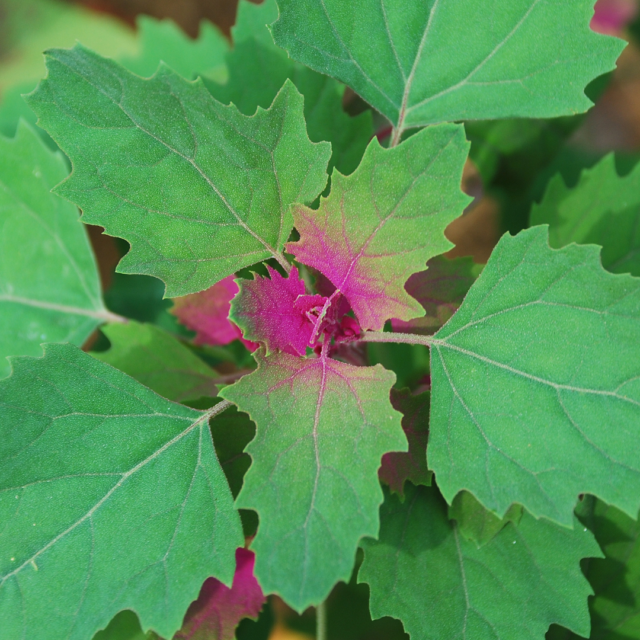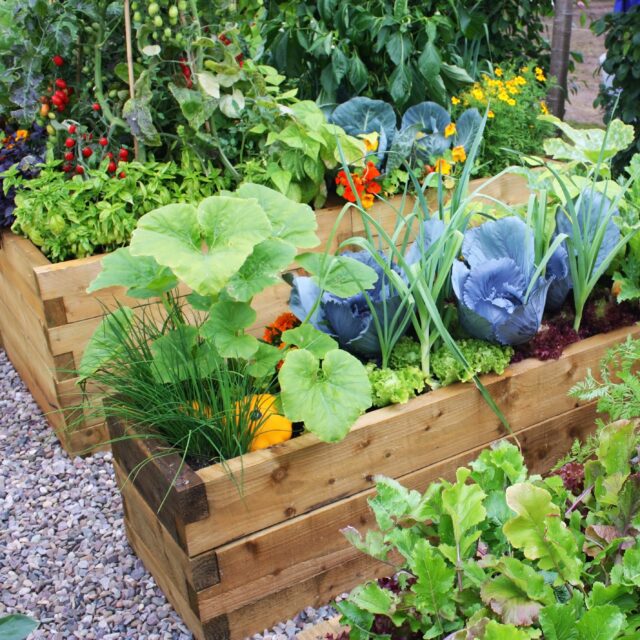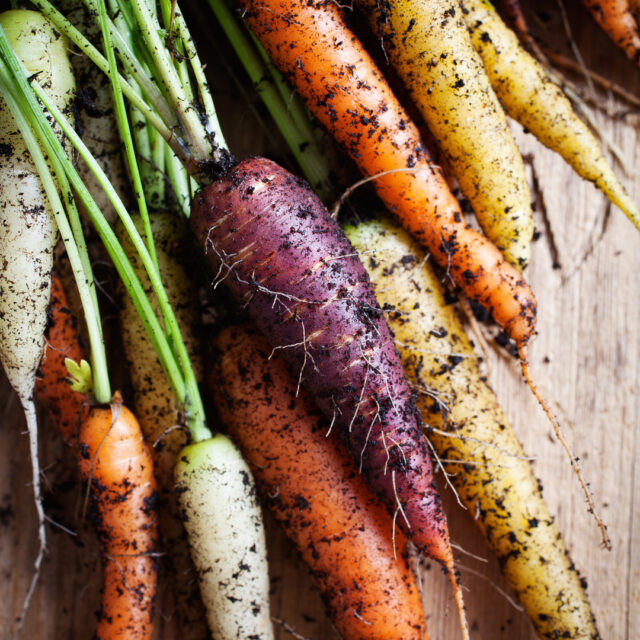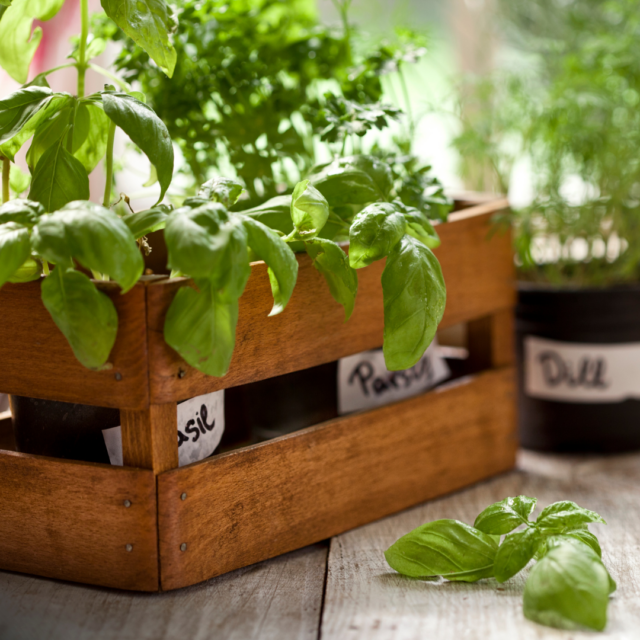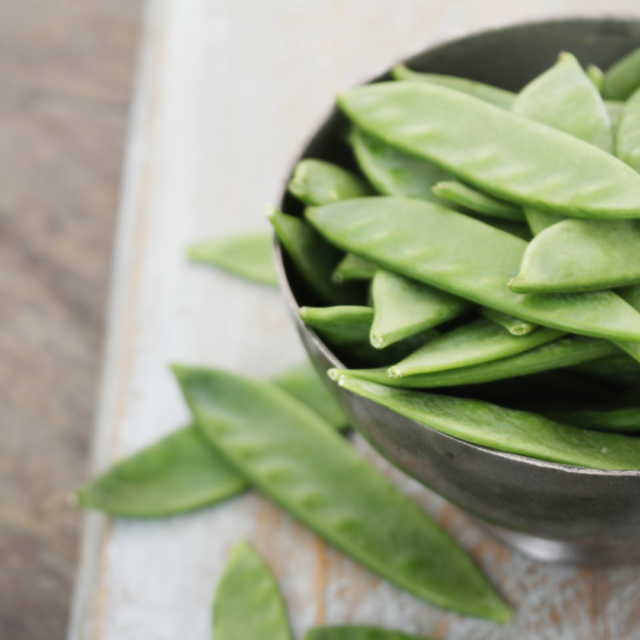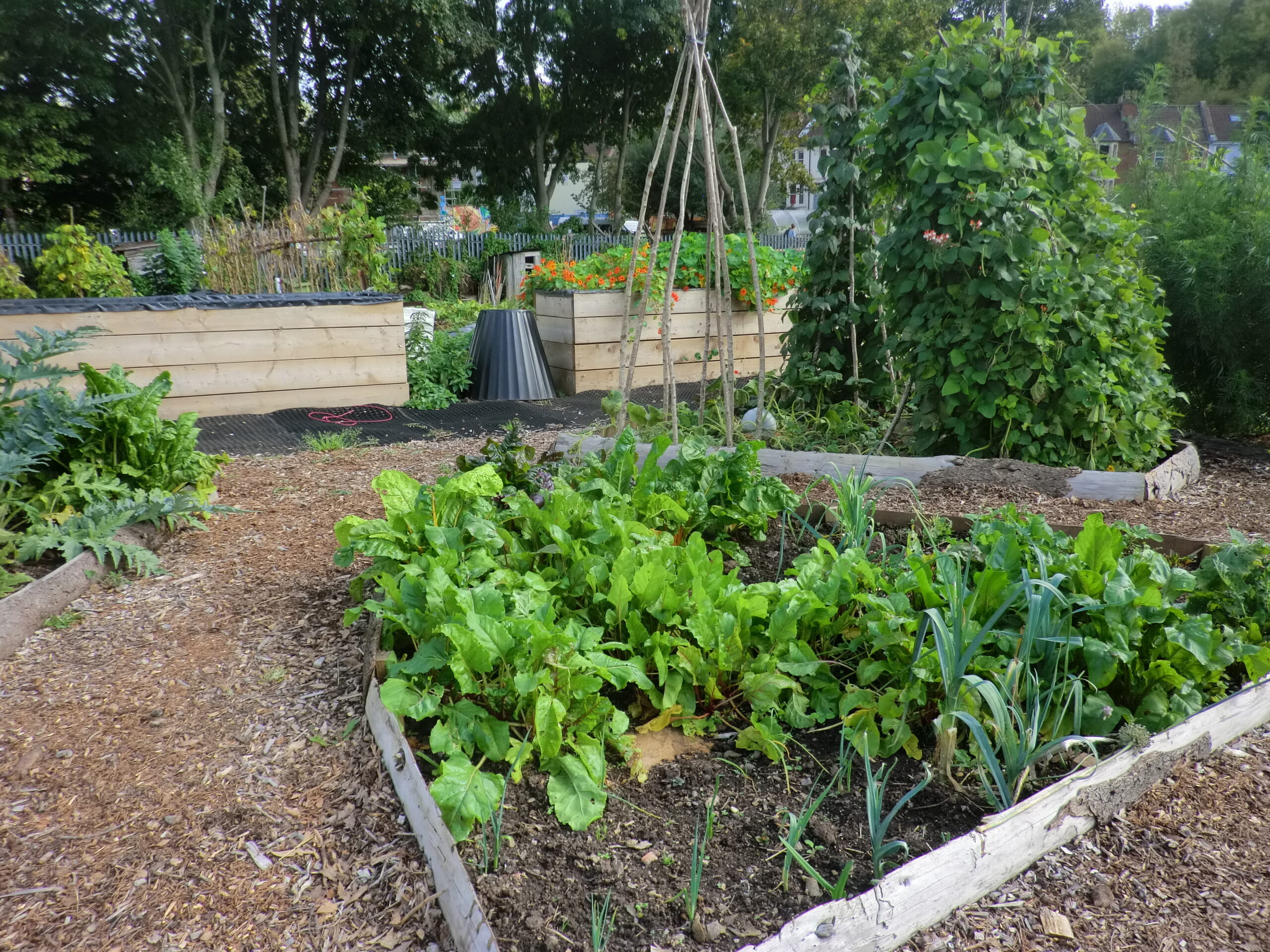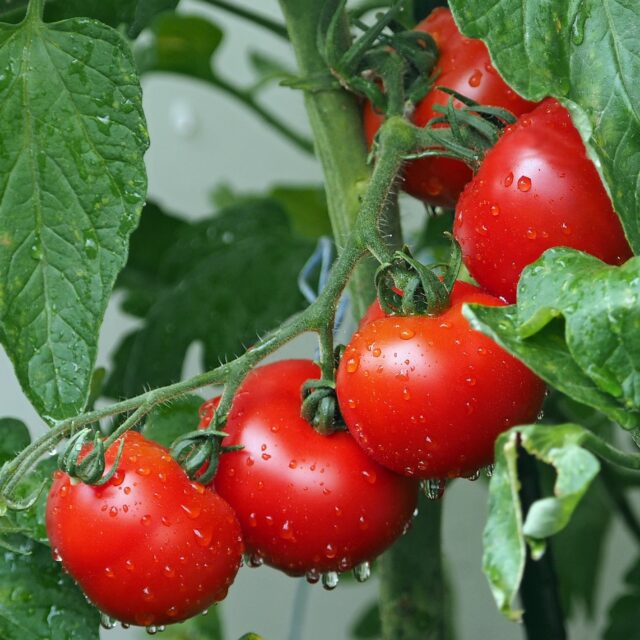Last week we looked at part one of how to plan a vegetable garden. We covered topics such as soil type, space and growing needs and the all important location! If you’ve missed out, you can read it here.
This week we’ll be looking at what to grow where, and which plants will suit your garden the best!
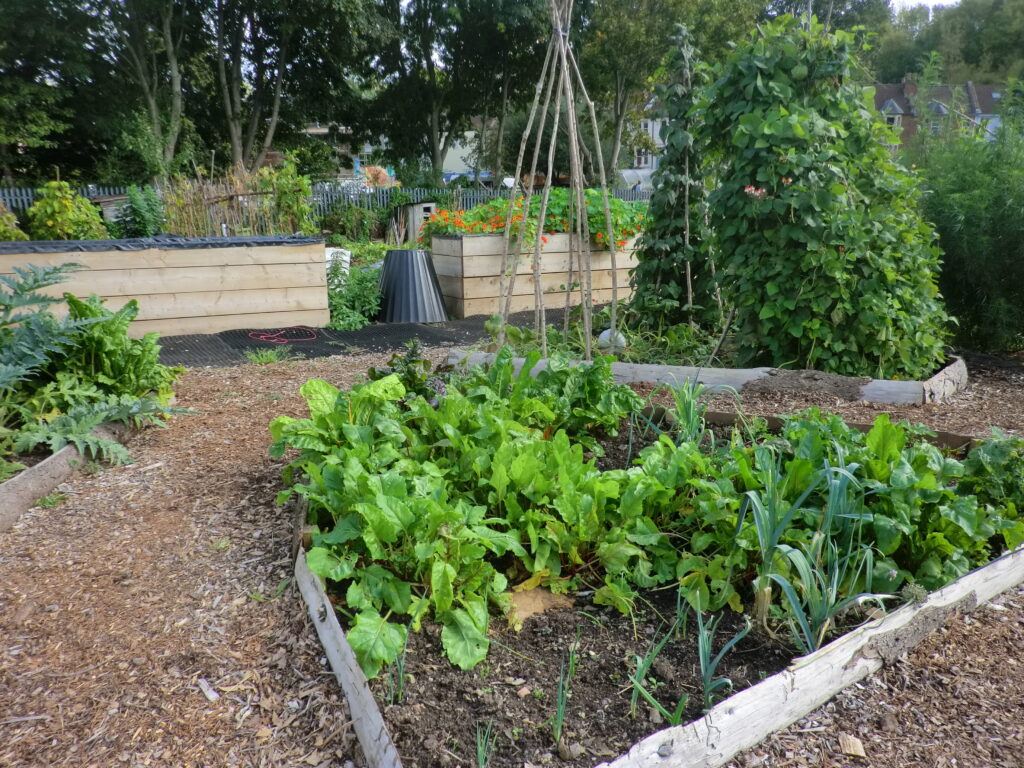
Measuring Space and Planning Beds
First you need to work out how much space you have. The amount you’ll be able to grow will depend upon space. If you’ve got a list of veg you want to grow as long as your arm, but a garden that’s a on the petite side, you may have to adjust your expectations. As we mentioned last week, it’s best to avoid overcrowding.
Draw out a picture of your garden. Then you’ll be able to draw in where you want to have your beds. This will help you when it comes to digging/building beds, as you’ll have a clear idea of where you want everything.
Consider Containers
If space is an issue, consider growing in containers.
You’d be surprised how many vegetables will happily grow in pots. Tomatoes, beans, lettuce, peppers, chillies, and even potatoes can all grow happily in a confined space.
Most vegetable plants can grow in a container, provided they are big enough and have drainage holes.
You can also make the most of a small garden by using the vertical space. Use trellis as a support for vines or climbing plants, this way you can grow up instead of out and maximise the precious space you have.
Decide What Plants You Want
Browse online or look at seed catalogues for inspiration. Another great place to get ideas is social media! Instagram is full of great gardening accounts that will give you endless inspiration.
Take into consideration the conditions of your garden. If you have a shady garden, be aware that your plants will only receive a few hours of sunlight a day.
Leafy crops such as lettuce, rocket, chard and kale can do well in a shady garden. If you have areas that receive morning sun then afternoon shade, try vegetables such as carrots, celery and dwarf beans. Allow space between plants to maximise the light potential. Also try growing climbing vegetables like beans, peas and cucumbers.
Crop Rotation
Now that you’ve decided what you want to plant, it’s a good idea to think about crop rotation.
Simply put, crop rotation is when you rotate groups of plants into different spaces in your garden year on year. This prevents the soil being depleted of specific nutrients.
You should divide your crops into families, legumes (peas and beans), cucurbits (squash and cucumbers), solenaceae (tomatoes and peppers), and everything else. Plant crops in the same family together and then rotate those areas each year.
Go back to the drawing of your garden and add in which families you’re planning to growi and where. Make sure you keep this map, as it’ll be a helpful reminder when you come to rotate them next year.
Buying Plants
Now that you’ve got everything planned out, it’s time for the fun bit – buying the plants!
All of our plant plugs are now available for pre-order, and until February 7th, all orders over £30 come with a free rainbow carrot mix!
Have you planned your garden for 2020? We’d love to hear about what you’ve been planning!
